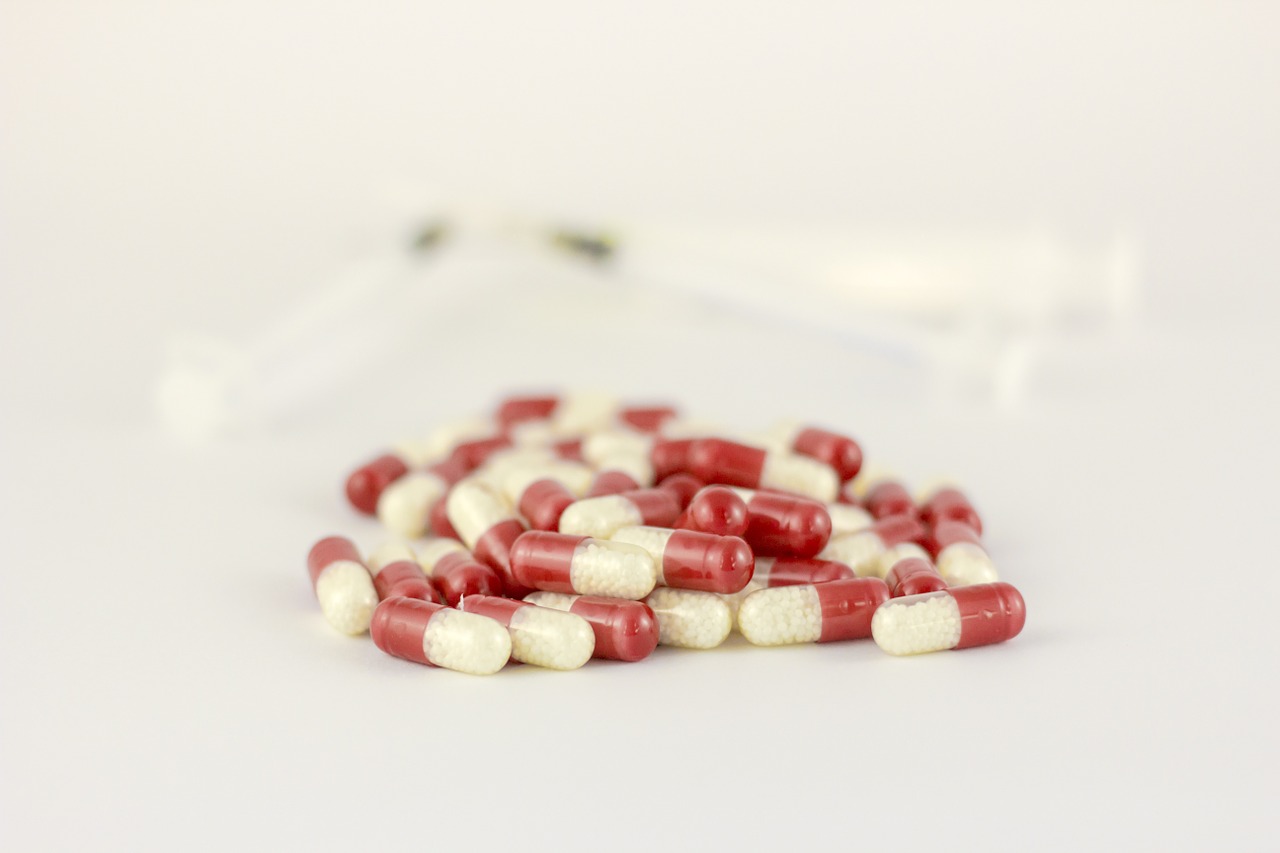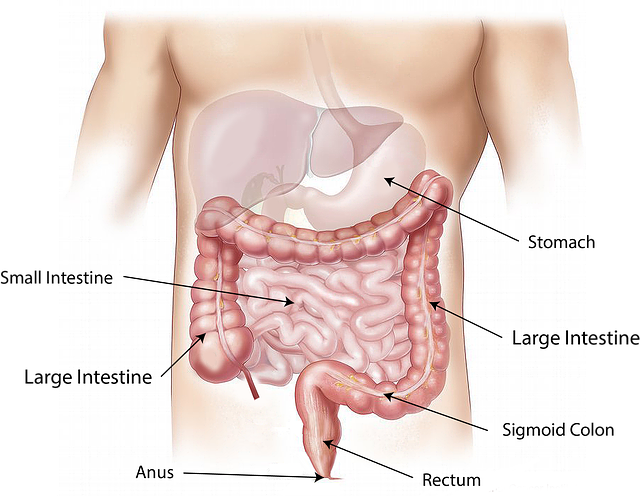Podcast: Play in new window | Download (Duration: 12:37 — 17.8MB) | Embed
Ondansetron (Zofran) is a medication used for nausea and vomiting. In this episode, I lay out the pharmacology, adverse effects, drug interactions and more!
Ondansetron has been reported to increase the risk of serotonin syndrome. I discuss this further on the podcast.
Ondansetron can exacerbate QTc prolongation. Keep an eye out for patients who may have risk factors or be on other medications that can contribute to this. I discuss this further on this podcast.
Ondansetron is often used for chemotherapy induced nausea and vomiting. I discuss this and other indications on the podcast.
Be sure to check out our free Top 200 study guide – a 31 page PDF that is yours for FREE!








